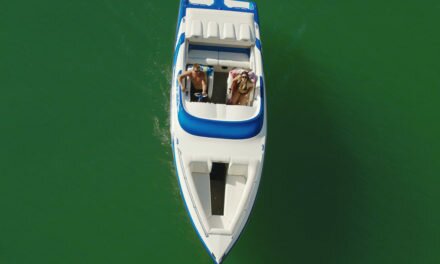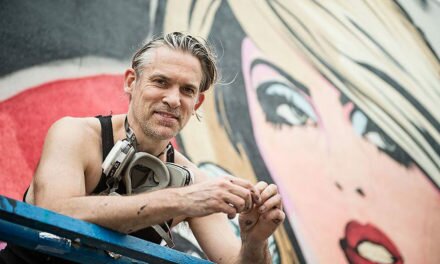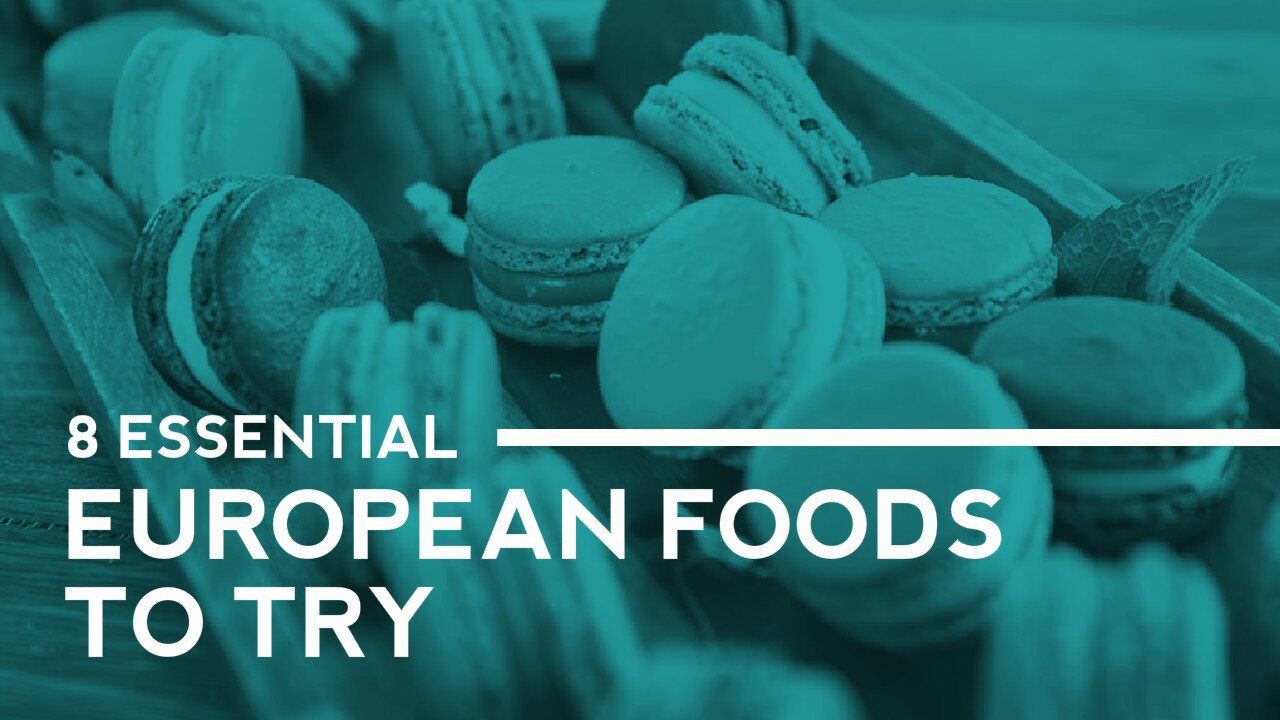Garip Ay is an incredible artist and painter from Turkey. Working from his studio in Istanbul, he creates eye-catching ebru paintings, a distinctive art form of Middle Eastern origins. Garip’s work has appeared in galleries in Russia, Norway and Poland, and he has been commissioned in India by the events division of Cirque de Soleil.
In June, Garip created the mesmerizing “Van Gogh on Dark Water”, a video which documented his infusion of ebru painting with iconic masterpieces from Dutch painter Vincent van Gogh. The video quickly went viral and garnered millions of fans across the web.
We had the opportunity to chat with Garip about his story and his art, how living in Istanbul influences his work, as well as top tips on wandering, hiking and eating your way through Turkey.
What’s your story, Garip?
I was born near Siirt in Turkey’s southeastern region, also known as northern Kurdistan. If you are familiar at all with the socio-political realities of this region, you might guess that that part of my story could spring the bounds of this interview. Suffice it to say that despite a childhood fraught by all manner of external hardships, I got the chance to study at a fine arts high school in Diyarbakır (the regional capital), after which I came to İstanbul to continue my studies, finally graduating from Mimar Sinan University with a degree in Turkish Traditional Arts. Since then I have been working primarily as an ebru artist and painter.
Image courtesy of TRT Avaz
Tell us briefly about ebru art.
Ebru is a very old artistic tradition originating in Central Asia. The word ‘ebru’ is related to the Persian word for ‘cloud’; in İran it is sometimes referred to as ‘cloud and wind paper’. If you have a chance to observe the process and see the traditional forms, it is quite easy to understand how it got this name.
In general, ebru is the process of applying natural pigments to the surface of water (thickened through the addition of, traditionally, gum tragacanth, though today we often use carrageenan instead), and then manipulating these pigments to form patterns or images (just imagine the designs your barista might make on a cappuccino, for instance) which can then be transferred directly onto a piece of paper. Historically such paper was used in bookbinding and as ornamental framing for other, more important arts (calligraphy, miniature painting, etc.). In fact, this art form has long been known in Europe, where it is known as marbling, Turkish paper, or Venetian paper. (The Venetians, those masters of the Mediterranean for a time, learned this art from the Ottomans and made it their own. Today you can still go to Venice and find marbling shops there.)
What attracted you to ebru art?
Since graduating from university in 2008 I have more or less devoted my life to ebru. To be honest, I love painting more than anything, but over time I have come to appreciate the great expressive potential that ebru has, and have always been mesmerized by its magical quality.
It still seems so miraculous to me.
Out of your work, what are some of your favorites?
One of my favorite pieces is an interpretation of Albrecht Dürer’s ‘Wing of a Blue Roller’, painted over an ebru background.
Wing of a Blue Roller by Garip Ay
Here are a couple works using traditional techniques and motifs:
Carnation by Garip Ay
Fire and Air by Garip Ay
Sometimes abstract ebru is like the figure hidden in the marble block, waiting to have its nature revealed. Maybe it is going to be a landscape, maybe the setting for a piece of calligraphy, maybe it will stand on its own as abstract art. Here are three works that use an ebru background as a landscape setting:
Maiden Tower by Garip Ay
Mesopotamia by Garip Ay
What’s a highly memorable commission you’ve completed?
Earlier this year I worked at a wedding in India for the events division of Cirque du Soleil. Accompanied by live singing and music, the images I created on water were projected onto a screen held up by balloons, and after I finished painting the screen fell and dancers entered the stage. For this show I wore a tailor-made costume like something out of 1001 Nights, and I looked like a sultan. That was a really fantastic experience.
In three words, how would you describe your style of art?
How about ‘turbulent flow impressionism’?
Where did you find the inspiration to mix ebru art with Vincent van Gogh?
Despite the cultural and technical differences, I have always thought that Van Gogh’s way of painting fit perfectly with the way I envision ebru’s potential. Both of these – that master and this technique – share a similar kind of magic, I feel.
What impact does living in Istanbul, such a beautiful and diverse city, have on you as an artist?
İstanbul by Garip Ay
This city would not be what it is without its relationship to water. The Bosphorus is its lifeblood, its heart and soul. I can’t define İstanbul’s influence on me but to say that the work I do reflects the nature of the city itself, which is a play of colors and cultures upon the water. It is no wonder this city is home to so many ebru artists! Ebru art is so magical and alive because water is magical and alive.
Besides your studio of course, what are some cool art venues and spots for wanderers to check out while traveling in Istanbul?
There is the İstanbul Modern Museum, which looks right out over the Bosphorus. For people interested in traditional Oriental arts, the İslamic and Turkish Arts Museum is really de rigeur. This city is filled with countless galleries and museums and such, so it all depends on your taste and what you are looking for. But I could name a few lively, hip neighborhoods that offer a broad variety of experience aside from their art scenes: Kadiköy, Cihangir, Balat, for example. These places have such a great atmosphere, where you can really feel the melding of İstanbul’s old and new cultures. On a gastronomical note: for some of the best Turkish food ever, go to the restaurant ‘Kanaat Lokantası’ in Üsküdar, on the Asian side of the Bosphorus.
What are some things that young travelers must see and do in your country?
First, I would say, go visit the Southeast region – around Mardin, Diyarbakır, Van, for example. The cultural heritage and history of the places there are so rich, the people so hospitable, the landscapes so breathtaking. Just think, Tigris and Euphrates, these rivers you read about as a child – there they are, just flowing as they have for as long as people can remember.
And then there is the Aegean Coast – notably the area around İzmir (ancient Smyrna, one terminus of the Silk Road), with its relaxed maritime culture, delicious food, and – again – long and rich history.
For hikers, I would suggest either a short or long trip along the ancient Lycean Way on the Mediterranean Coast, or a journey through Cappadocia, if you take care to avoid some of the more tourist-ridden areas.
What’s your next move, Garip?
Interpreting Van Gogh is, for me, just a way of bringing him and his genius alive in a new way for the world. I dream of approaching M.C. Escher with the same attitude. You might never think of mentioning his work and ebru art in the same breath, but for me there is a kinship there as well, a shared magical-transformative impulse which I would like to demonstrate to the world. Apart from that, I simply continue in my day-to-day business and do my best to keep my studio in order.
Garip operates an art studio in İstanbul, Turkey. Check out his website here, and his YouTube channel here. Follow Garip’s artwork adventures on Facebook here.












